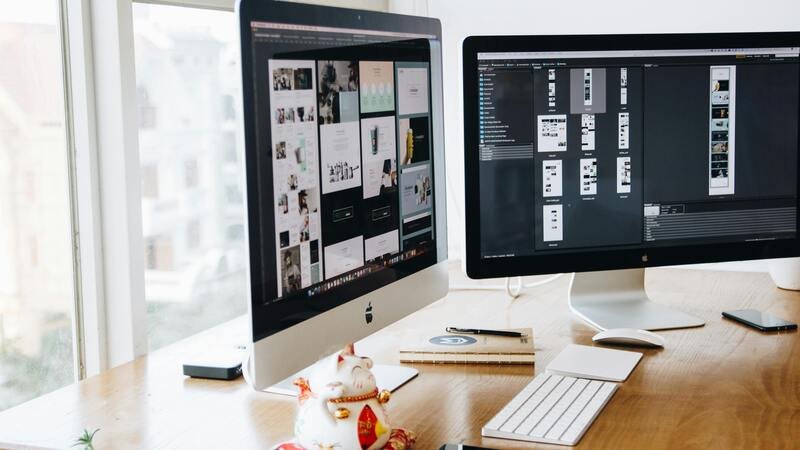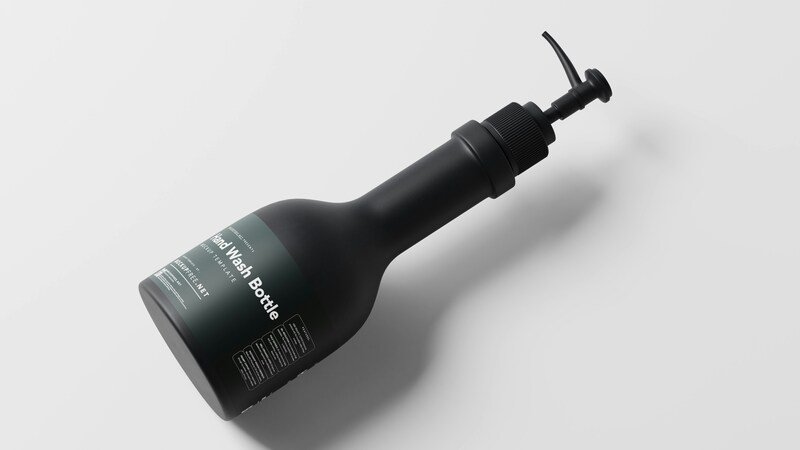
Working with a packaging designer is a journey that blends creativity with practical planning. I share my tips to ensure your unique bottle shines.
I guide you through the essential steps to prepare, communicate, select, and finalize a packaging design that balances aesthetics with production practicality.
Let's explore each step in detail, sharing my personal experience along the way.
What Should I Prepare Before Contacting a Designer?
I believe preparation is key. Knowing your audience, brand story, and budget can set a solid foundation before reaching out to a designer.
Identify your target audience, collect visual inspiration, and understand production limits to avoid surprises later.

Preparation sets the stage for a smooth design process. I remember when I first embarked on a packaging project, I felt overwhelmed by the details. Breaking it down into clear, manageable steps helped me gain confidence. The first step was understanding who my customers are. It’s not just about demographics; it’s about knowing their tastes, preferences, and expectations. For example, if you’re designing a cocktail bottle, your audience might prefer a sleek, modern look with a touch of vintage charm.
Next, I focused on my brand story. With over 30 years in the packaging industry at Hubei Navig Packaging Co., Ltd., my journey with Navig has been one of innovation and practicality. Sharing this story not only inspires creativity but also ensures that the designer understands the core of what makes our brand unique. I then set a realistic budget range, which is crucial for avoiding unexpected costs. A clear budget helps in aligning design ambitions with what can actually be produced.
Collecting visual references was another exciting part of the process. I gathered images from various sources—even if I wasn’t an artist—to create a mood board that spoke louder than words. I recall a moment when a simple Pinterest board sparked a breakthrough in our discussions, making the design ideas come alive.
Understanding production limitations early on was equally important. A design may look stunning on paper but fall short in manufacturing. Discussing material choices, size constraints, and production methods upfront prevents costly revisions later. Think of it as planning a road trip: a clear map, destination, and budget make for a smoother journey.
| Preparation Aspect | Key Details | Why It Matters |
|---|---|---|
| Target Audience | Who will buy and use your product | Guides design style and messaging |
| Brand Story | Your unique history and values | Adds personality and authenticity |
| Budget Range | Estimated funds allocated for packaging design | Keeps expectations realistic |
| Visual References | Examples of designs you admire | Helps communicate style clearly |
| Production Limits | Material, size, and manufacturing constraints | Prevents costly errors and rework |
These steps transformed a daunting process into an engaging journey, setting the stage for a truly collaborative design experience.
How Can I Communicate My Vision Clearly Without Limiting Creativity?
Clear communication is essential. I start by listing my "Must-Have vs. Nice-to-Have" features to keep the core vision intact without stifling creativity.
Separate non-negotiable design elements from flexible ideas to foster a collaborative and innovative process.

I learned early on that clear communication makes all the difference. I often use everyday analogies to bring abstract ideas to life. Once, I compared a bottle’s curve to the gentle arch of my favorite coffee mug—a simple image that immediately resonated with my designer. This exercise allowed us to brainstorm freely, blending my vision with creative input.
Instead of overwhelming my designer with too much feedback at once, I break it down into small, focused points. I ask, “Does this design capture our brand’s spirit?” or “Is this element both attractive and practical?” Such questions foster an open dialogue that feels more like a friendly chat than a formal meeting.
I also maintain a written record of our discussions, which helps track ideas and changes over time. This approach not only minimizes misunderstandings but also builds trust. In our iterative process, every piece of feedback becomes an opportunity for improvement—a reminder that creative collaboration is a two-way street.
| Communication Aspect | Strategy | Outcome |
|---|---|---|
| Must-Have vs. Nice-to-Have | List non-negotiable features and flexible ideas | Clear design priorities |
| Analogies | Use everyday objects as examples | Bridges abstract ideas with tangible images |
| Structured Feedback | Ask focused, open-ended questions | Encourages iterative improvements |
Using these methods, I’ve seen how clear, friendly communication transforms design sessions into creative adventures that are both fun and productive.
Why Does Choosing the Right Designer Impact Both Aesthetics AND Production?
The right designer can make or break your project. It’s not only about creative flair but also about their grasp of production realities. I learned this the hard way when a designer’s stunning visuals clashed with manufacturing limits.
Ask key questions about experience, material knowledge, and cost transparency to ensure a seamless blend of beauty and practicality.

Choosing a designer is like selecting a dance partner—they must move gracefully and keep pace with the practical rhythm of production. I always start by asking questions about their previous work with glass packaging and similar projects. This not only reveals their design style but also their understanding of production constraints.
It’s vital to discuss material choices and technical limitations. A designer familiar with these details can suggest creative adjustments that maintain visual appeal while ensuring manufacturability. I remember a project where early discussions about production constraints saved us from costly redesigns later on.
Cost transparency is another critical factor. I make sure to discuss any potential extra charges right from the start. Honest conversations about pricing help set clear expectations and build trust. I once faced unexpected costs because a design element was not feasible within our production limits; that experience taught me to always probe deeper.
| Designer Quality Aspect | Questions to Ask | Why It Matters |
|---|---|---|
| Experience with Materials | Have you worked with glass and packaging? | Ensures familiarity with production |
| Production Constraints | Can you design within our manufacturing limits? | Prevents costly rework and delays |
| Communication Skills | How do you handle feedback and iterations? | Maintains smooth project flow |
| Portfolio Relevance | Can you share examples of similar projects? | Assures design compatibility |
| Cost Transparency | Are you clear about potential extra costs? | Keeps project on budget |
By carefully choosing a designer, I ensure that every design marries style with practicality—a balance that saves time, money, and endless headaches while elevating the final product.
What Happens After We Finalize the Design? (And How Do I Avoid Costly Mistakes)
Finalizing a design is just the beginning. I follow a meticulous process to test and refine the design before full-scale production.
Use a 3-step prototype testing process, involve manufacturers early, and learn from common design errors to keep your project on track.

Once the design is finalized, the real work begins. I always implement a 3-step prototype testing process to ensure the design works in the real world. First, I create a small batch of prototypes to examine both aesthetics and functionality. This initial test phase is critical—it reveals issues that might be missed on paper, such as how a label aligns with a bottle's curve or whether the design withstands practical use.
Next, I involve my manufacturing team as early as possible. Their insights into production techniques and material behavior can highlight challenges that might not be obvious during design. For instance, a subtle curve that looks appealing might complicate the molding process, or a specific ink may not adhere well to glass. Addressing these concerns early on prevents delays and additional costs later.
I also document every observation. I keep a checklist of common errors like misaligned labels, color inconsistencies, or structural issues. This list is shared with both the designer and manufacturer, ensuring everyone works from the same playbook. A detailed review process, combined with open communication, transforms a potential bottleneck into a collaborative effort for perfection.
| Post-Design Step | Focus Area | Benefit |
|---|---|---|
| Prototype Testing | Assess aesthetics and functionality | Catch issues early |
| Early Manufacturer Involvement | Review production constraints and materials | Prevent production delays and errors |
| Error Documentation | Track common design errors | Improve future projects |
This phase is where creativity meets reality. It’s a time of detailed adjustments, continuous learning, and close collaboration. By embracing a systematic approach, I ensure that every design not only looks exceptional but also stands up to the practical demands of production. This careful process has repeatedly proven that thorough testing and early collaboration can save significant time and resources, turning potential pitfalls into stepping stones for success.
Conclusion
Maintaining clear communication and ongoing relationships with designers is key. I keep a checklist and stay engaged, ensuring every project turns challenges into creative success.






